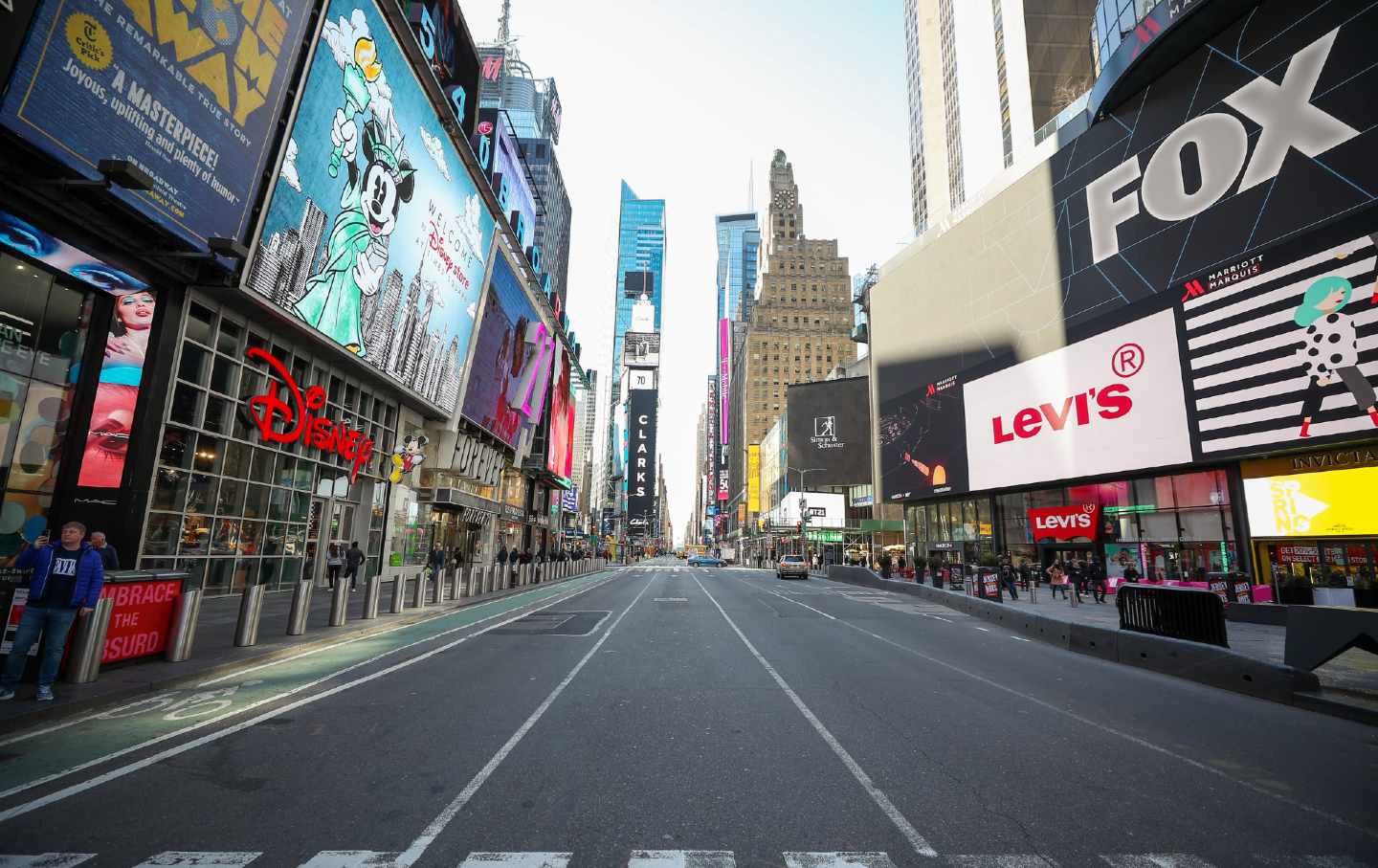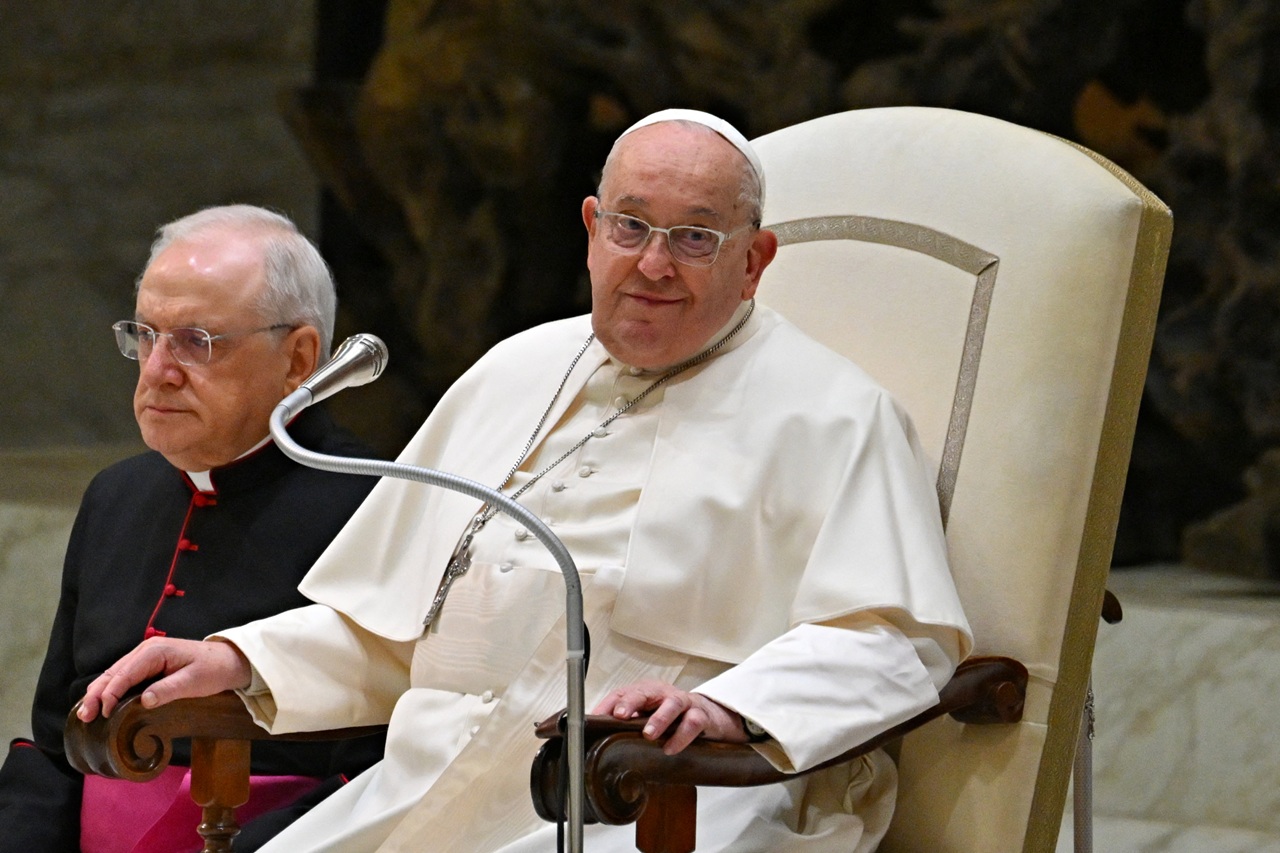
How long will COVID-19 restrictions last? We don’t know yet
The predictions have been far and wide about coronavirus’ timeline in the U.S.
Fifteen days. That’s the amount of time the White House asked Americans on March 16 to work from home if possible and avoid crowds of ten or more people.
On the same day, the Centers for Disease recommended all gatherings of 50 or more people to be postponed for eight weeks — 56 days or two months.
Part of the White House’s recommendations also given on March 16 were to listen to state and local authorities. Many with high numbers of coronavirus cases — like New Jersey, New York, Pennsylvania, Washington and California, to name a few — have shuttered non-essential businesses and schools.
The time frames of those shut downs range from in line with the White House’s recommendation of two weeks to “until further notice.”
In terms of businesses, many also have the vague “until further notice” tag included in any messaging to employees about how long they could have to work from home.
The NBA, NHL, MLS and MLB are all suspended, and adhering more to the CDC’s eight-week guideline. The NHL hopes to return in 45 days, but the rest have vague return timelines set for “June at the earliest” or hopefully “before July.”
This is all to say that we don’t know when things will return back to “normal” or the current restrictions on American life because COVID-19 will go away.
But some answers can be found when looking at what’s happened in other countries.
For example, at COVID-19’s place of origin in the Hubei province of China, no new local cases of the virus were reported on March 19. Chinese officials did announce 34 new cases in the province and eight deaths, but all came from overseas imports.
The major downturn in new cases, which was once thousands per day, comes after two months of lockdown with draconian measures.
Like the U.S. is experiencing right now, the intensity of the lockdown depended on the severity of COVID-19 in the area. In the epicenter of Wuhan, those measures meant a government roundup and quarantine of everyone infected to curb its spread.
Those measures seemed to have worked against COVID-19, but life is only starting to return to normalcy on the ground. Businesses are slowly reopening along with other public places like parks, but traveling into the country and within it still requires a 14-day quarantine.
One man from Beijing told TIME’s Charlie Campbell that he returned to work to find “the receptionist in a full white hazmat suit.” His article also told of still-enforced social distancing practices, mandatory temperature checks to enter grocery stores and face masks as a necessity in public.
“China may spy victory over the virus, but normal lies a long way off, if it ever returns at all,” wrote Campbell.
In place of China’s extreme measures to control its population, which likely wouldn’t work without equal outrage from European and American populations, is South Korea’s approach of mass testing.
After contracting its first case of COVID-19 on Jan. 20, it took a while for the disease to affect a large portion of the South Korean population. On Feb. 19, its 31 cases increased 27-fold in the span of six days.
In response, the government went into overdrive - tracking down contacts, encouraging self-quarantine and testing everyone it could.
RELATED CONTENT
To date, South Korea has tested over 210,000 people for coronavirus for an average of more than 5,500 tests per million inhabitants in the country. As a result, South Korea has dropped from second to China in number of cases to eighth in a month — a rare success story in combating COVID-19.
The number of new cases a day was down to as low as 74, but has increased a little as newer clusters of the disease have been found in other parts of South Korea. Regardless, it stands prepared given past success.
That same success was also seen on a smaller scale close to the new epicenter of COVID-19 in Italy.
The country has a long way to go to get its overall COVID-19 situation under control — now with the highest death toll in the world and an overwhelmed health care system — but there is a small triumph in Vo Euganeo.
It’s the name of a town in Veneto, Italy, a neighboring region to hardest-hit Lombardy in northern Italy. Vo Euganeo was home to Italy’s first death from COVID-19 on Feb. 21, but is now a beacon of hope in the country’s fight against the virus.
That’s because a month ago, when coronavirus first appeared in the town of 3,300, local officials jumped into action, quarantining and testing the entire population of the town much in the same vein of South Korea.
Tests found 3% of the population infected with the virus and isolated them. After just two weeks of lockdown and quarantine, that percentage fell to just 0.25%. Last week, the town reported no cases of coronavirus and reopened not even a month after its first cases.
With COVID-19 now in all 50 states, thousands of cases being confirmed every day and a rising death toll, the U.S. looks to be in its upswing of dealing with the virus.
Many mayors of major cities have danced around the idea of shelter-in-place orders, but none have gone through with them to this point. Testing-wise, compared to South Korea’s more than 5,500 tests per million, the U.S. has admittedly failed to equip its system with enough kits to meet the demand.
Right now, it performs 125 tests per million people. Much like Italy, it has a ways to go.











LEAVE A COMMENT: